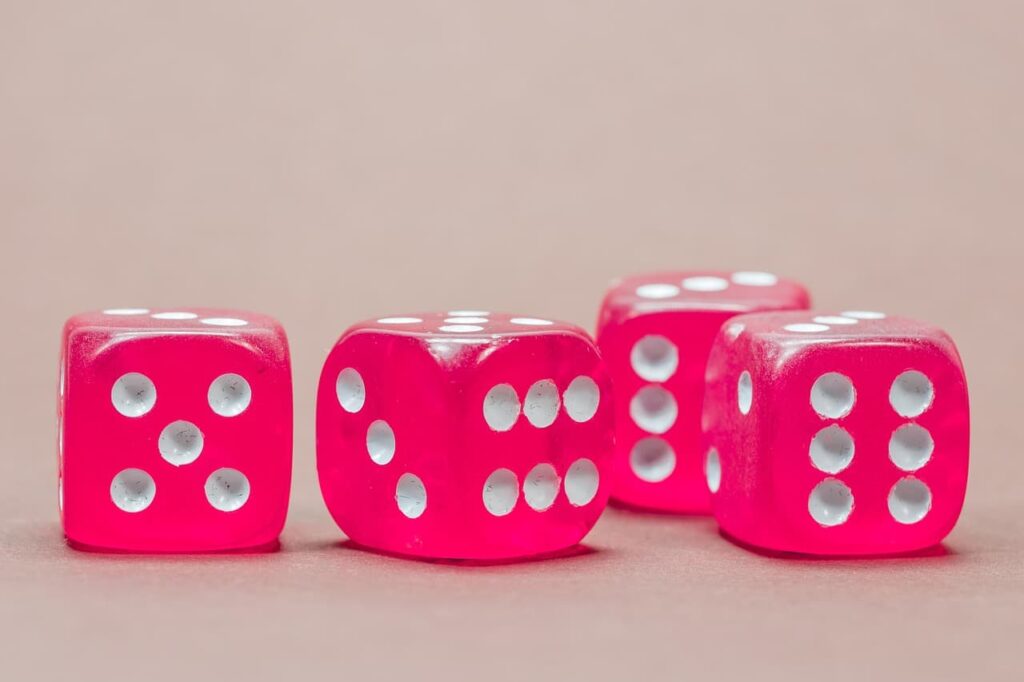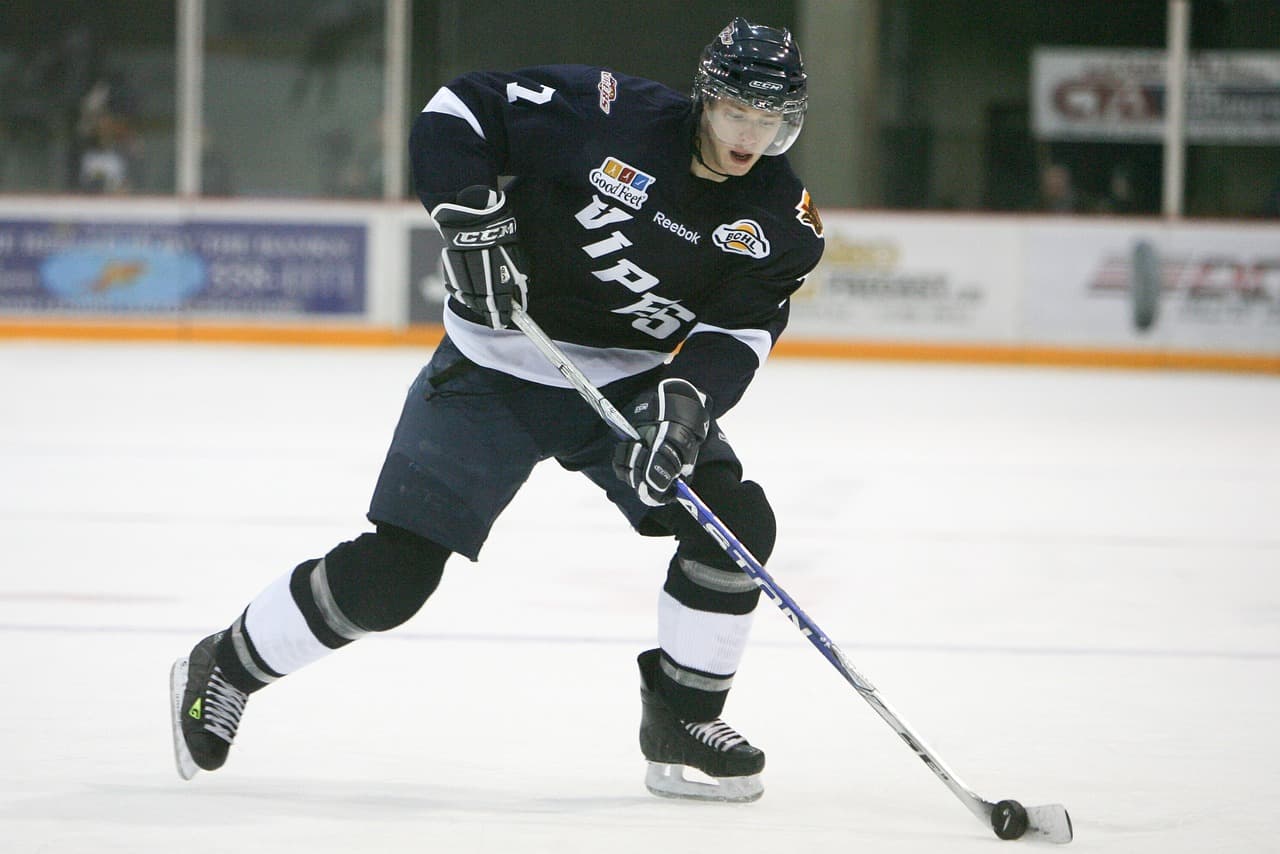Odds analysis is a fascinating effort that extends from sports like hockey to the calculated risks of gambling. Understanding probability is not merely a matter of chance in either arena; it is a tactical factor that may lead to strategic advantages and, perhaps, victory.
Understanding Probability in Hockey
The examination of odds in hockey includes a complex approach. Coaches and players must weigh the possibility of scoring depending on shot placement, the probability of winning faceoffs, and the success rates of power plays and penalty kills. Even without glancing at the scoreboard, advanced statistics like Corsi and Fenwick provide greater insights into the likelihood of a team controlling the game based on shots taken vs shots allowed.
For instance, a team may evaluate the probability of scoring from the blue line versus executing a play that brings the puck closer to the net. While a slap shot from the blue line has a certain percentage of success, tactics may shift to increase the probability of scoring by aiming for high-percentage shooting zones.
Odds in Gambling
In the realm of gambling, probability takes a more mathematical form. Games of chance, such as the casino game Fortune Tiger, accessible through platforms like jogo-tiger-fortune.com.br, are designed with a house edge in mind. This edge ensures that over time, the casino will make a profit. However, players often deploy strategies that leverage probability to increase their chances of winning. These strategies might involve betting systems, game selection, or even timing, all with the intent of maximizing potential wins and minimizing losses.

Probability Tactics in Hockey
In hockey, the analysis of odds goes beyond shots and plays. It encompasses player performance, where coaches must make probability-based decisions on which lines to play in certain situations, or when to pull the goalie for an extra attacker. These decisions are informed by historical data, current game conditions, and the calculated risk of different outcomes.
Probability tactics in hockey can be detailed as follows:
- Player Match-ups: Coaches assess the performance of their lines against the specific players on the opposing team. Statistical data on past encounters can inform these decisions, where certain player combinations may have historically higher success rates.
- Goalie Pulling Situations: The decision to remove the goalie for an extra attacker is a significant one, often taken in the closing stages of a game when trailing. Probability models help determine the optimal timing for this based on the likelihood of scoring versus the risk of conceding an additional goal.
- Power Play and Penalty Kill Strategies: Special teams are critical in hockey. Coaches use probabilities to decide which players to deploy during power plays or penalty kills, often relying on success rates of various lineups in such situations.
- Shot Selection: Probabilities can guide players on the ice to make split-second decisions regarding shot selection—whether to shoot for goal or pass to a teammate in a better position, based on the chances of scoring from different areas of the rink.
- Overtime and Shootout Decisions: In games that go beyond regular time, coaches might rely on historical performance data of their players in one-on-one situations against goaltenders to select the most likely candidates to score in shootouts.
Commonalities Between Hockey and Gambling
The common thread between analyzing odds in hockey and gambling is the reliance on statistical data to make informed decisions. In both cases, past performance and current conditions are assessed to determine the best course of action. For gamblers, it might be choosing the right moment to increase the bet or knowing when to walk away. For hockey coaches, it’s about making real-time decisions that could change the course of a game.
Ethics and Probability
There’s also an ethical dimension to the use of probability in both fields. In hockey, the integrity of the game is paramount. The use of statistics and probability must never compromise the sportsmanship and fairness at the heart of the competition. In gambling, responsible gaming practices must be upheld, with an understanding that the odds are ultimately in favor of the house.
Technology and Probability
Technology plays a significant role in both hockey and gambling when it comes to analyzing odds. In hockey, software is used to track and analyze every aspect of the game, providing coaches and players with real-time data. In gambling, online platforms use complex algorithms to ensure the randomness of games while also providing players with tools to understand their odds better.
Conclusion
In conclusion, whether on the ice or at the casino table, the analysis of odds is a critical skill. It’s a blend of intuition, experience, and mathematical analysis. The tactics used in both hockey and gambling require a deep understanding of probability and risk management, and while the contexts may differ, the principles remain the same: assess the odds, make informed decisions, and understand that there is always an element of chance. As we continue to develop our understanding of probability, the tactics in both fields will become more refined, leading to an even more strategic approach to the games we play and watch.
